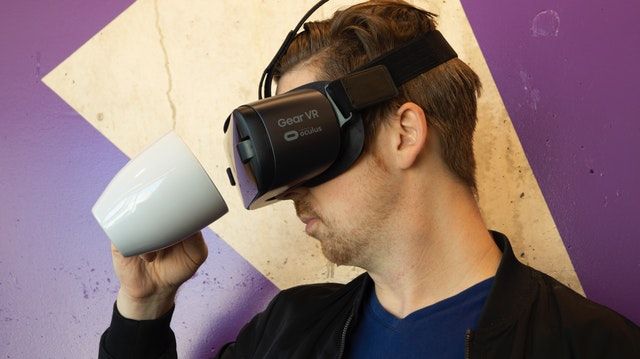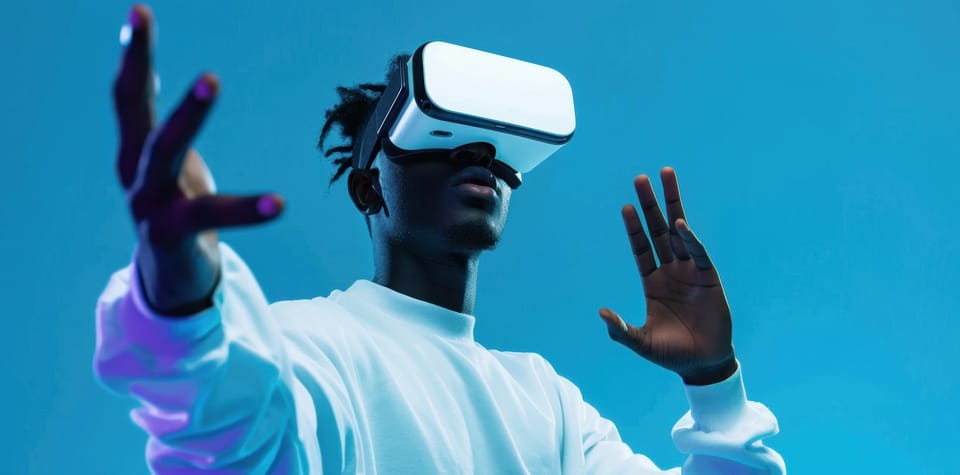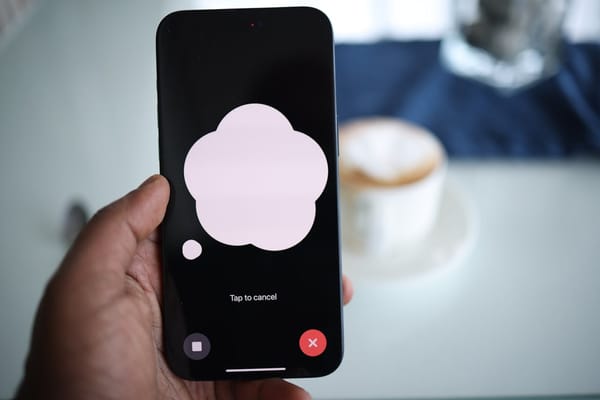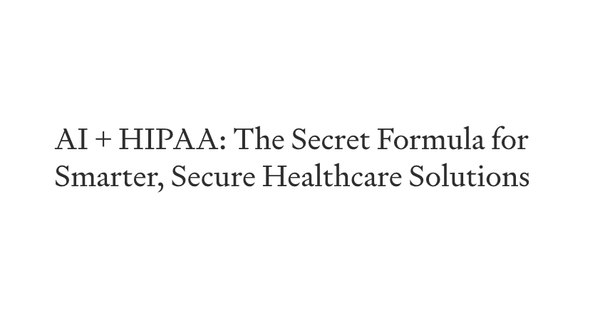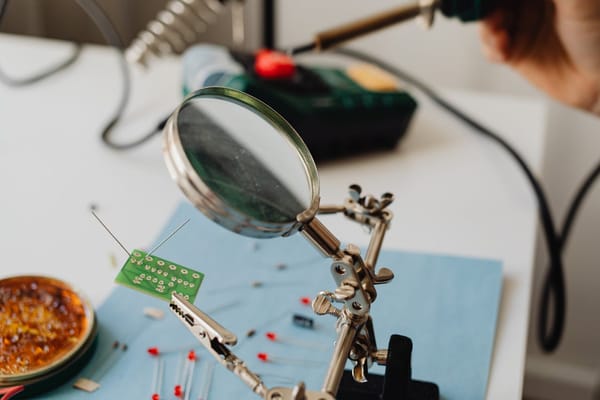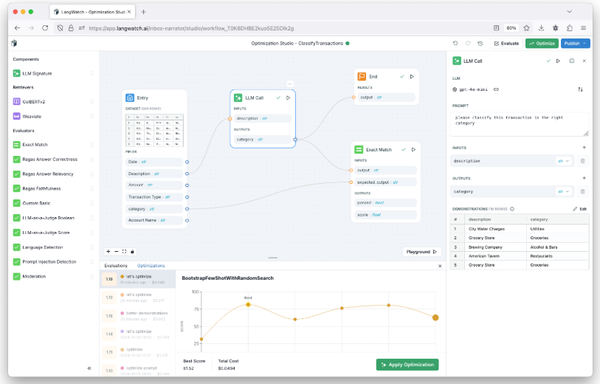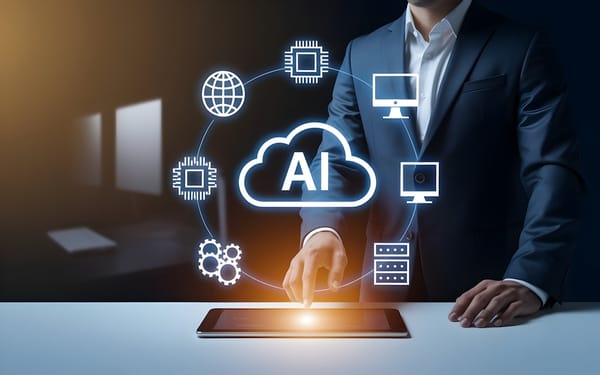The Transformative Power of AR and VR in Healthcare and Medical Education
Table of Content
Healthcare is no stranger to innovation, but the rise of Augmented Reality (AR) and Virtual Reality (VR) marks a turning point. These technologies are doing more than just improving patient care—they’re reshaping how we train medical professionals, approach diagnosis, and enhance therapy.
Let’s delve into how AR and VR are leading this transformation.
The Role of AR and VR in Modern Medical Education
The days of passive classroom learning are numbered. With VR, medical students can now step into immersive simulations of operating rooms or radiography labs. This shift provides two key advantages:
1- Risk-Free Learning:
Students can practice procedures without the fear of harming patients.
2- Retention Through Immersion:
The interactive nature of VR helps learners retain information faster than traditional methods.
One example is VR-based training in radiography. Educators report that students trained in virtual x-ray labs demonstrate a stronger grasp of equipment controls when they transition to clinical settings.
However, these advances don’t signal the end of hands-on training. Experts stress the importance of blending VR with traditional methods to ensure a well-rounded education.

Five Cutting-Edge AR and VR Applications in Healthcare
AR and VR technologies have moved beyond novelty to deliver real-world impact. Here are five standout applications:
1- Vein Visualization with AcuVein:
AcuVein leverages augmented reality to assist healthcare providers in locating veins with precision using smartphone cameras. This innovation simplifies procedures like blood draws, improving efficiency and significantly reducing patient discomfort during needle insertions, offering a more comfortable and seamless experience.
2- Therapeutic VR Environments:
Patients grappling with stress or PTSD can find relief through VR-guided meditations or controlled exposure therapies, helping them navigate emotional challenges in a safe, virtual space.
Virtual Reality Therapy (VRT) employs immersive, computer-generated environments to treat mental health conditions such as PTSD, anxiety disorders, and phobias.
By simulating real-life scenarios, VRT enables patients to confront and manage their fears in a controlled, safe setting, enhancing coping mechanisms and resilience.
3- Pre-Surgical Holographic Models:
Augmented reality allows surgeons to create and interact with 3D holographic models of organs prior to making incisions.
This advancement enhances surgical precision, reduces potential risks, and significantly improves patient outcomes by enabling detailed preoperative planning.
4- AR-Assisted Diagnostics:
AR and VR are aiding in the early detection of vision and mental health issues, providing tools that surpass the limitations of traditional diagnostic methods.
5- Remote Robotic Surgery:
Remote robotic surgery combines virtual reality with advanced robotic systems, enabling surgeons to perform complex procedures from distant locations. For instance, the da Vinci Surgical System allows precise, minimally invasive operations.
This approach expands access to specialized care, benefiting patients in remote areas or those requiring niche surgical expertise.
Why AR and VR Are Shaping the Future of Healthcare
The benefits of AR and VR extend across the healthcare spectrum:
- Enhanced Accessibility: Remote diagnostics and therapy are now within reach, making quality care more accessible.
- Personalized Patient Healthcare Experiences: From custom therapeutic environments to tailored learning modules, these technologies cater to individual needs.
- Cost Efficiency: Simulations and precision tools reduce procedural errors, cutting down on operational costs.
Challenges on the Horizon
Despite their potential, AR and VR face hurdles such as high costs, steep learning curves, and resistance from traditional practitioners.
These challenges call for collaboration among tech developers, healthcare providers, and policymakers to ensure a seamless adoption.
AR and VR are not mere trends but pivotal technologies shaping the future of healthcare and medical education. By blending immersion with precision, they promise a future where learning is more engaging, treatments are more effective, and care is universally accessible.
Open-source VR and AR resources for developers!
